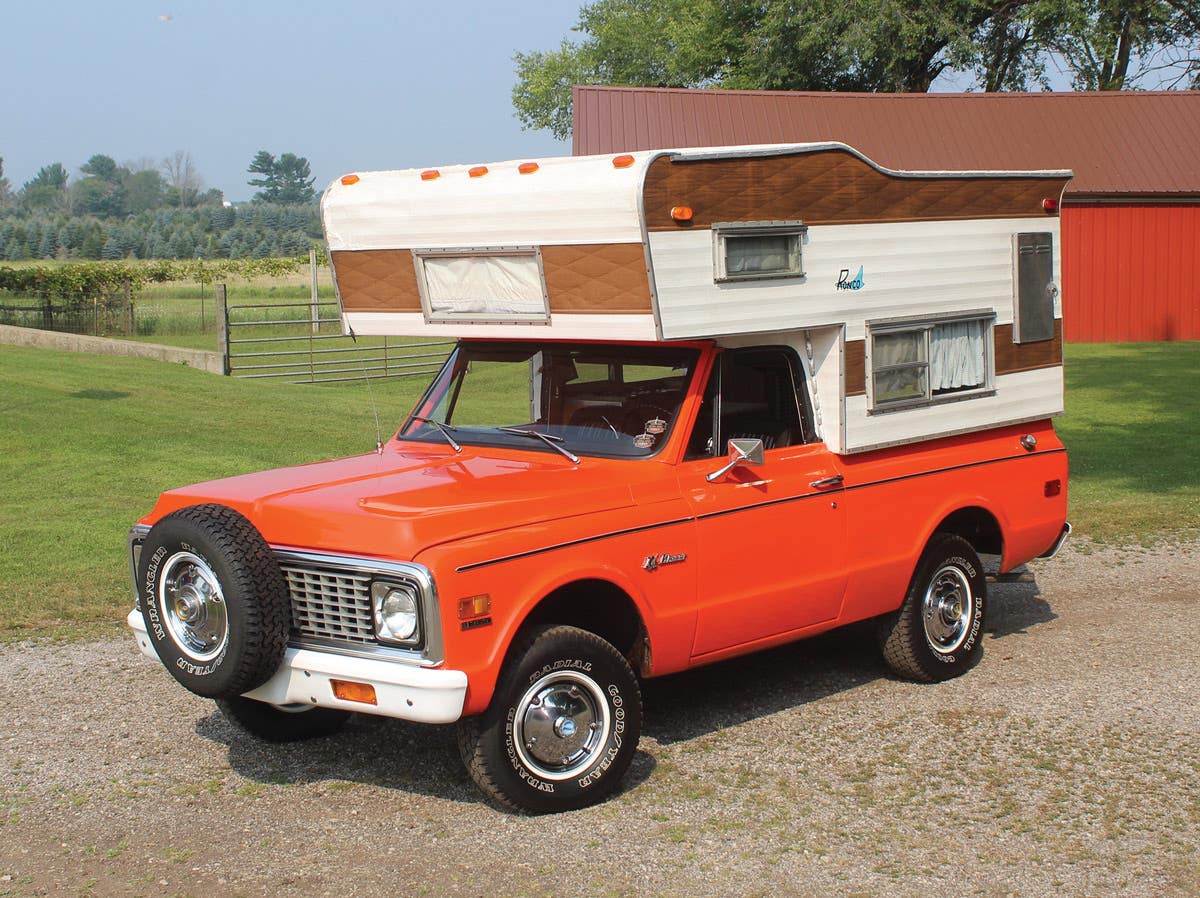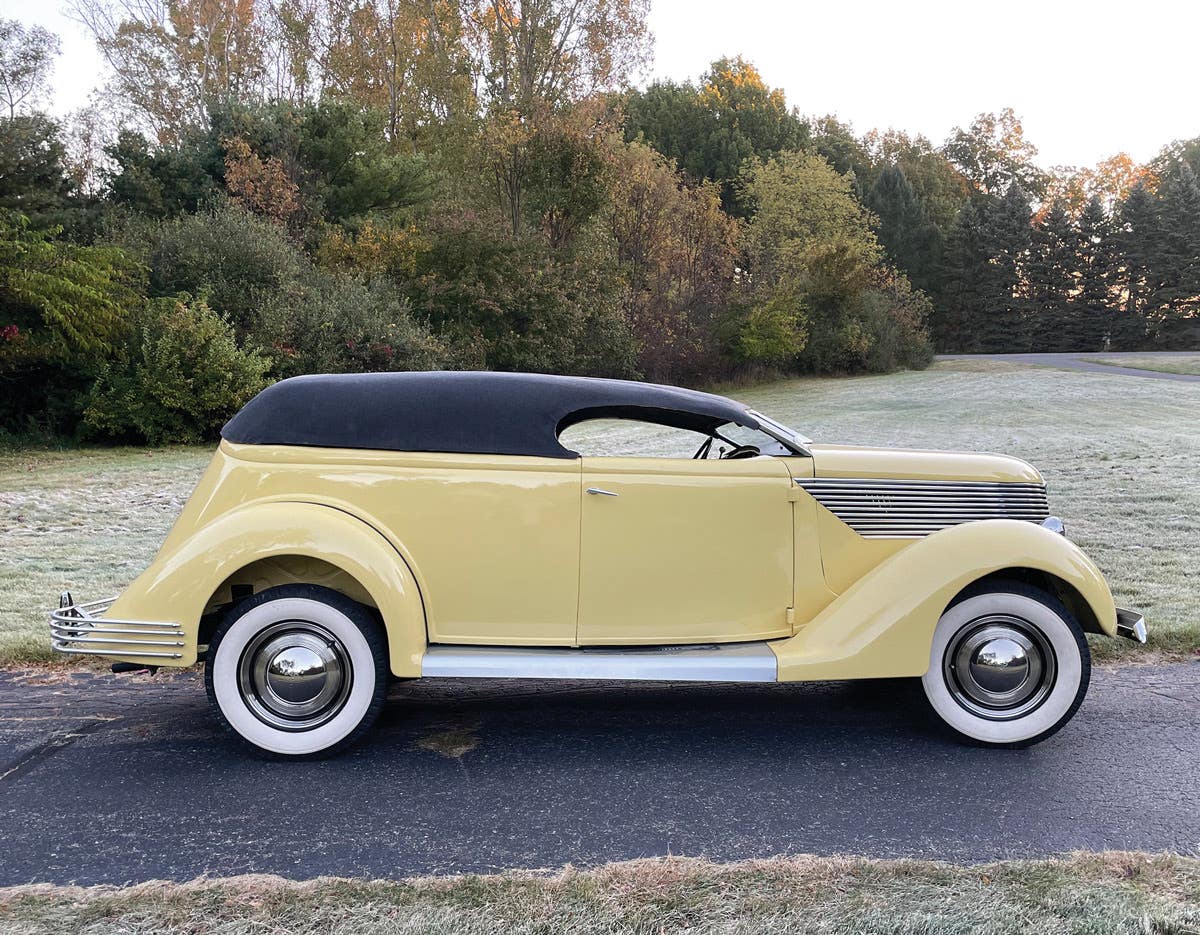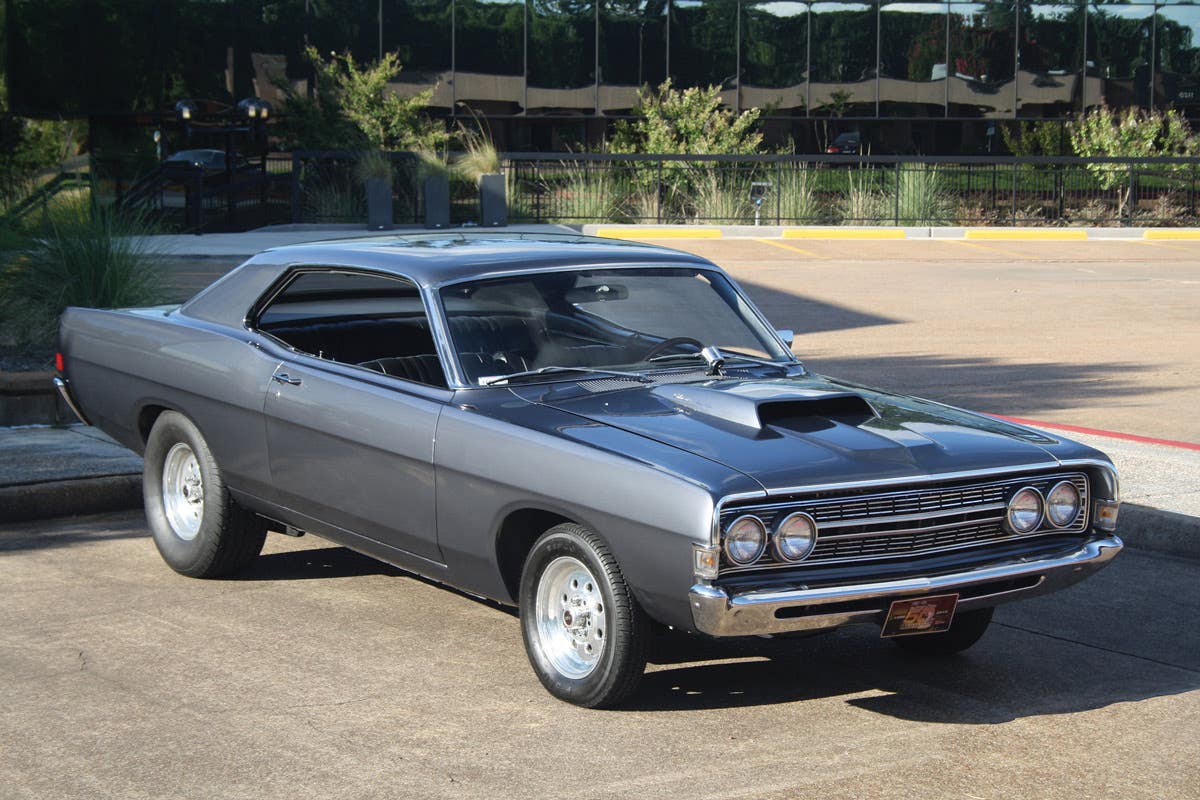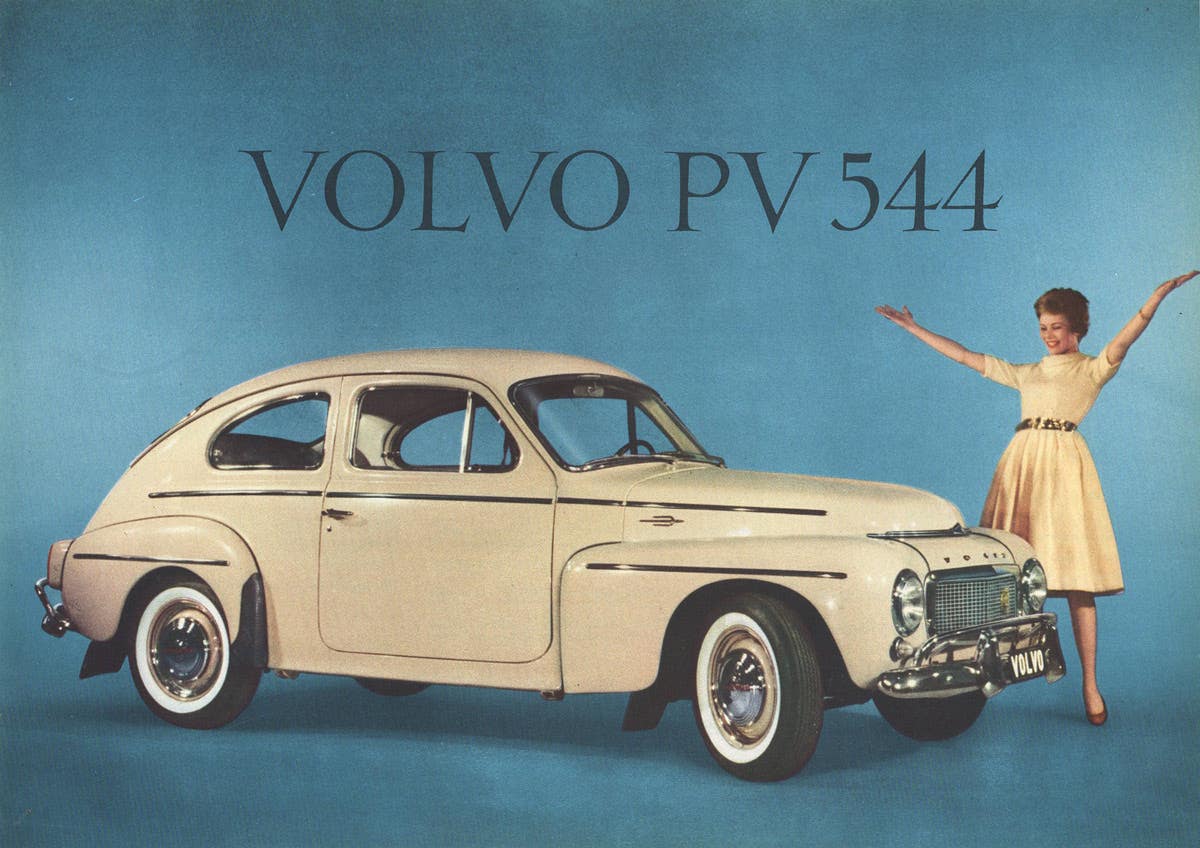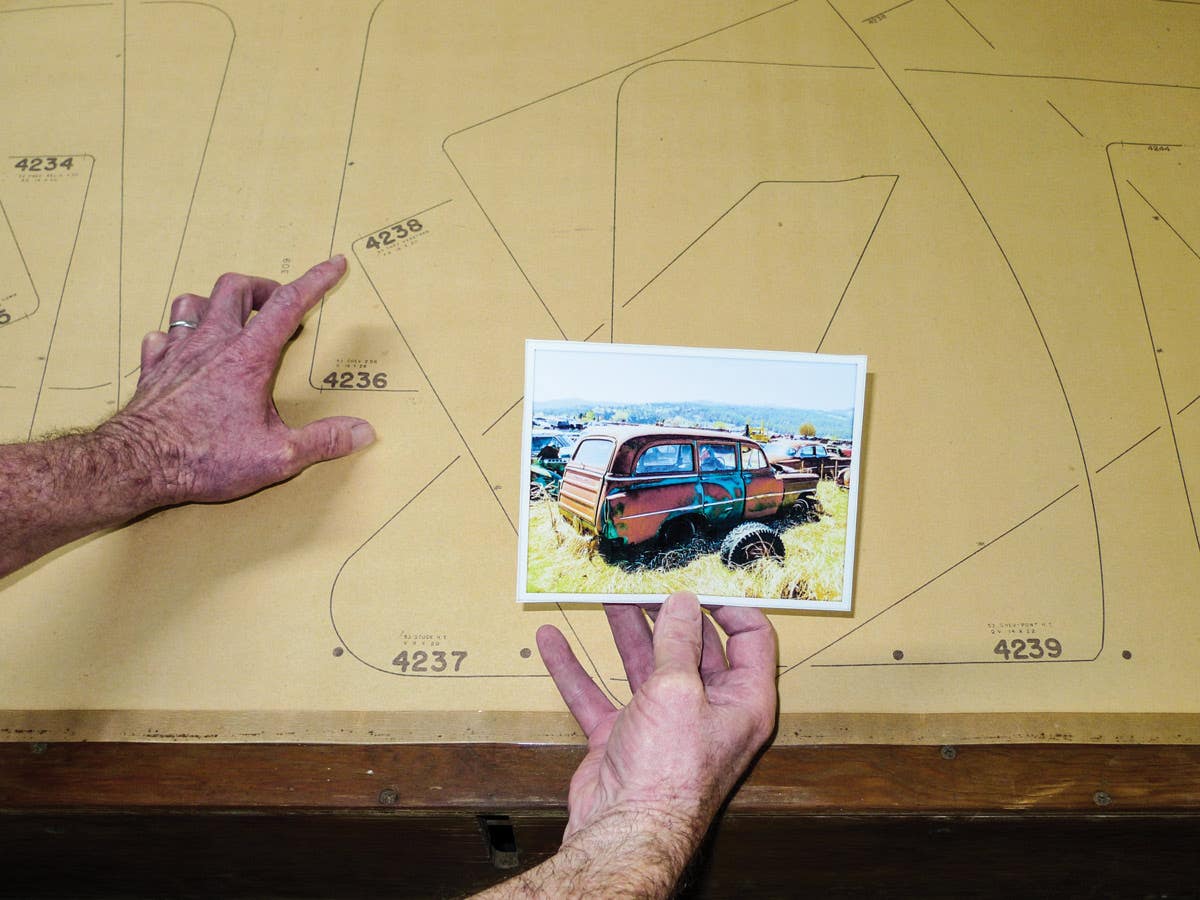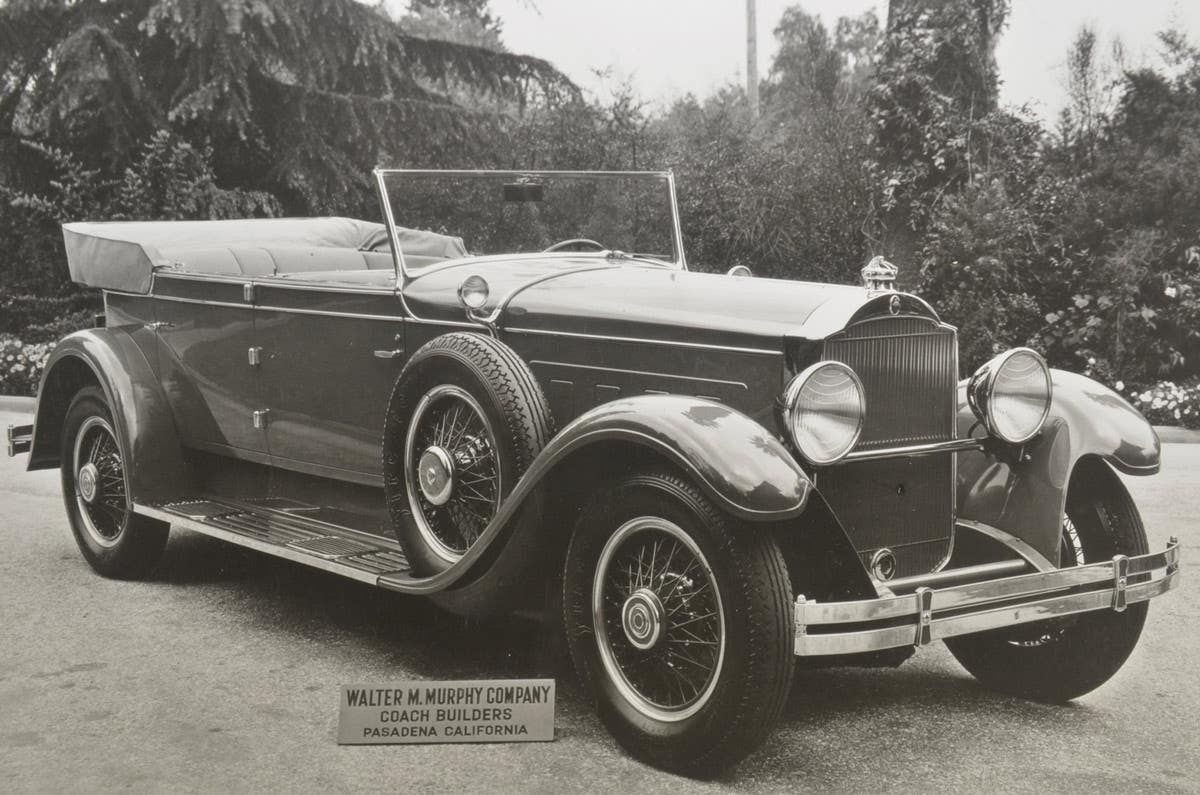Car of the Week: 1970 Pontiac GTO
For a few weeks, Vickie Johnson figured the gold 1970 Pontiac GTO was “the one that got away.” Now, 42 years later, it’s the car that will seemingly never leave her.
Story and photos by Brian Earnest
For a few weeks, Vickie Johnson figured the gold 1970 Pontiac GTO was “the one that got away."
Now, 42 years later, it’s the car that will seemingly never leave her.
For Johnson, it was “love at first sight” when she first laid eyes on her classy Granada Gold convertible “Goat.” Trouble was, the car was still sitting in a Pontiac showroom in Oshkosh, Wis., and somebody else had beaten her to the punch.
“I used to drive by the car every day... and finally one day I went in there and told them I wanted to buy it,” said Johnson. “Well, they told me I couldn’t buy it because someone else had put an offer in on it. They couldn’t sell it to me. They told me, ‘You can’t even test drive it.’
“So I left … but I went by about three weeks later and the car was still sitting there. They hadn’t sold it. Their financing fell through, so then I got to buy the car.”
That was the start of a long and faithful marriage between driver and automobile. Johnson used the car for daily transportation, even through the harsh Wisconsin winters, for about 17 years. Eventually, the car was semi-retired, partially restored, and reserved for only warm weather travel and occasional car show duty.
Not that Johnson isn’t tempted to turn back the clock and make the GTO her daily ride all over again. It’s hard for her to leave the car sitting when the weather turns bad, but she wants to preserve her largely original ride for as long as she can.
“I drove it for all those years, day in day out, summer and winter, everything,” she said. "It was because I had no other car. Then one day I backed out of the driveway, and it was in the winter, and I got to the end of the driveway and I just heard this ‘clunk’ … A rod broke, so I had to have the engine rebuilt. Then I had it repainted and got a new roof on it. My other roof had duct tape on it! … At the time I had the engine rebuilt … I had a friend do the bodywork, because the back was rusted out. The fenders were going. And then we had it painted.
“It cost me quite a bit of money at the time, and I decided then that I would only drive it in the summer and drive something else in the winter.”
Johnson was already a bit of a convertible connoisseur by the time she wrote out a check for a new topless GTO in 1970. Her first car was a 1965 Mustang ragtop, and that was followed by a 1967 Chevelle convertible that she said was giving her problems, prompting her to go new-car shopping. “But those were used cars at the time,” she recalled. “Then I got this one, and it was new.
“I fell in love with the car the first time I saw it, and I just kept it. I wanted it because it was a convertible … It was on the lot, and maybe I was attracted to it because of the color, I don’t know. I just thought it was a cool-looking car!”
Yes, there wasn’t much doubt about that. Whether you went with the loud and proud “The Judge” package or the more sedate base GTO, the Goat remained a beautiful beast in 1970. The model year brought some dramatic restyling as the GTOs got twin hood scoops and new twin rectangular headlight treatments in place of the hidden head lamps from the previous year. The prominent “Endura” nose was integrated into a wrap-around piece that surrounded the headlights and grille and served as the front bumper. New flared fenders gave the rear a wider-looking stance and prominent creases ran through the fenders and doors just above the wheel openings.
Inside, the Goats came with bucket seats, padded dash and courtesy lights. Running gear included a heavy-duty clutch, dual exhaust — which exited through a valance panel in the rear — heavy-duty three-speed standard transmission, floor-mounted shifter and G78-14 fiberglass belted tires. The base 400-cid V-8 kicked out an impressive 350 horses, but power brokers could order up the 366-hp Ram Air III power plant. There was even a 370-hp Ram Air IV engine available, although only 27 convertibles were made that way. A 455-cid V-8 rated at 360 was also available for the first time.
Johnson found her convertible with the base 400 and Turbo Hydramatic, and not much else, which was just fine with her. “Really, it’s pretty plain,” she said. “It’s got no air-conditioning. It’s got just an AM radio in it. It’s got the power windows, power steering and power brakes.
“It’s got the 400, four-barrel, so it’s not easy on gas! [It gets] about 13 miles a gallon. It helps if you don’t kick it down all the way, but that’s not easy to do.”
Johnson admits she’s had plenty of takers at the “Stoplight Gran Prix” over the years. There have been more than a few male drivers ready to race a gal in a droptop GTO. “Oh yeah, they come up at the stoplights and rev their engines,” she laughed. “When you get it out in the country you can put ’er down … I’ve had it up to 115.”
A total of 3,615 GTO convertibles went out the door in 1970, making them far scarcer these days than their hardtop siblings, which saw 32,737 assemblies. The ratio was similar for the dressed-up Judges: 3,629 hardtops and only 168 convertibles.
The 1970 GTO ragtops carried a base sticker price of $3,492 for the model year — about 200 bucks cheaper than a 396-equipped Chevelle SS convertible or 440 Challenger, and about the same price as a 428-cid Cobra Jet Mustang convertible or Plymouth 'Cuda 340 convertible.
After 164,000 miles, Johnson’s GTO remains in remarkable shape. The transmission remains untouched, and the interior is mostly original. “I didn’t have any children, so the back seat is all original,” she joked. “And the boot for the top is original. It’s kind of a pain to put on. Usually when the top is down the boot isn’t on.
“It’s pretty much an original car. When people find out what it is you get people taking pictures of it. I had it in Iola, and there was a guy there taking all kind of pictures of the wiring because he was trying to restore one. He was really happy to see this one.”
Johnson says she doesn’t get to rub elbows with many other 1970 GTO owners in her part of the world. Convertibles from 1970, she says, have been particularly scarce — no surprise considering their low build numbers. “I think there were only 2,200 of these made in 1970, with this engine,” she said. “A lot of people didn’t want a high-performance car anymore at that time … And a lot of them got junked after accidents, too. If they got wrecked, nobody saved them.”
Johnson realized years ago that she had become known to some people — for better or worse — as the “lady with the GTO.” After driving her signature ride on a daily basis for so many years, her GTO became part of her persona. “I remember one guy, who now lives in Florida. I met him again a few years ago and he said, ‘You can’t be the same owner!’ He used to see it years ago parked out in front of his dad’s motorcycle shop. His dad had a shop right next door to where my office was, and he remembered seeing the car all the time and he couldn’t believe I still had it.
“I just figure it was meant to be. I wanted the car so bad, and then it was still waiting for me when I came back for it.”
_______
Got a car you’d like us to feature as our “Car of the Week“? We want to hear from you! E-mail us and tell us all about it.
_______



